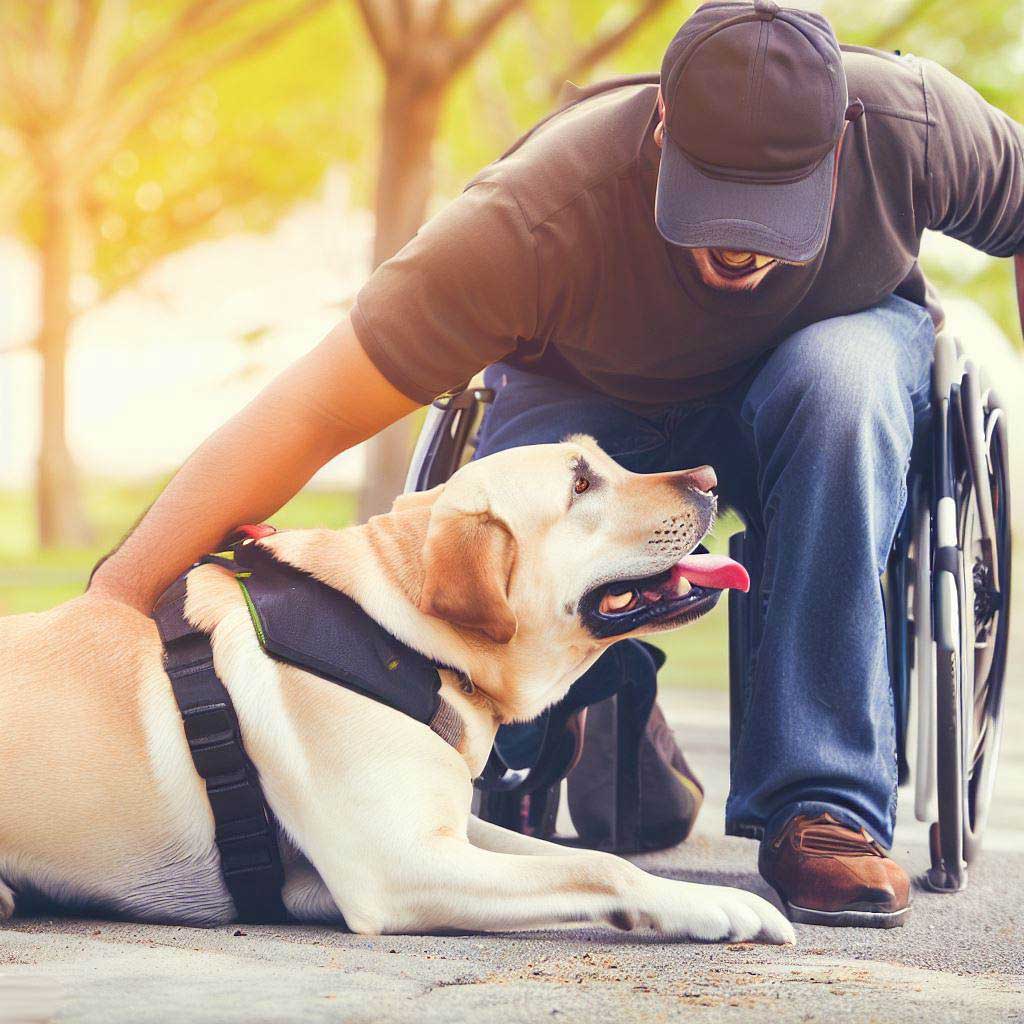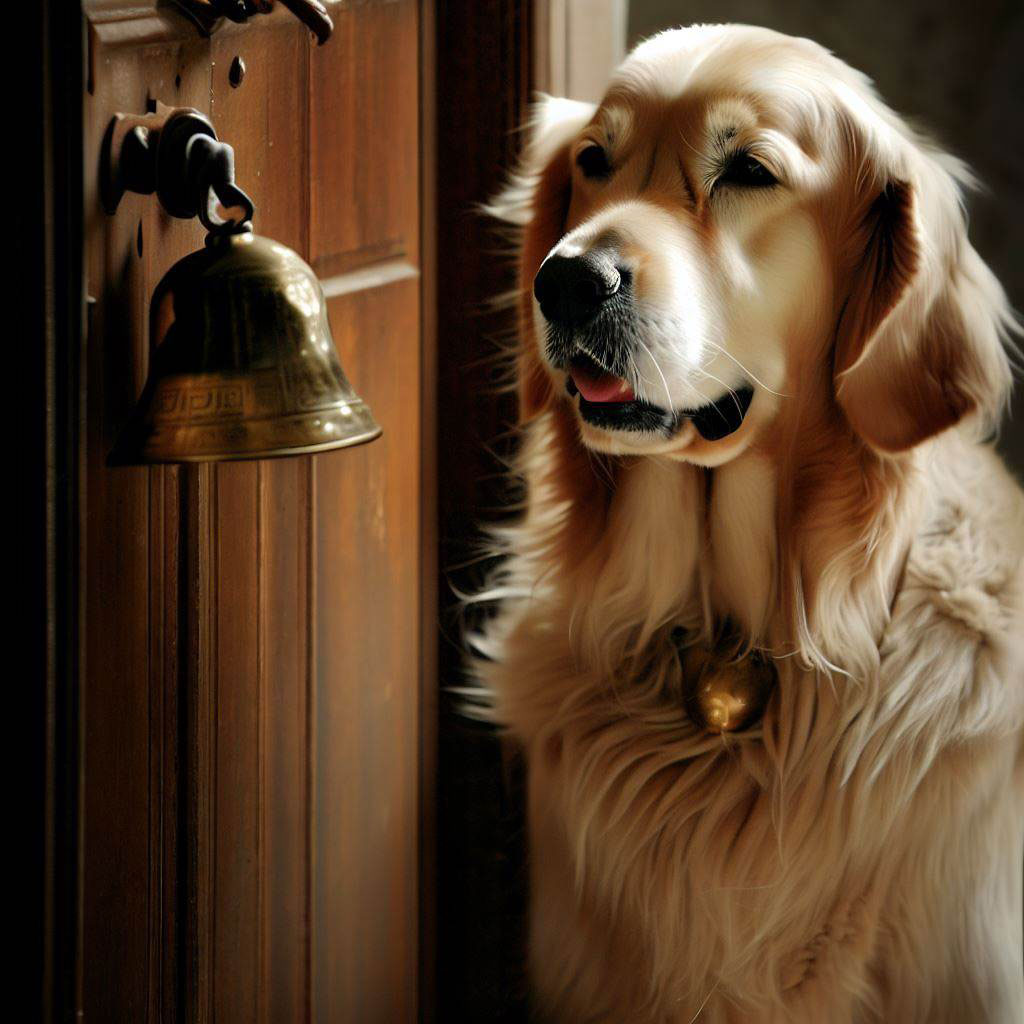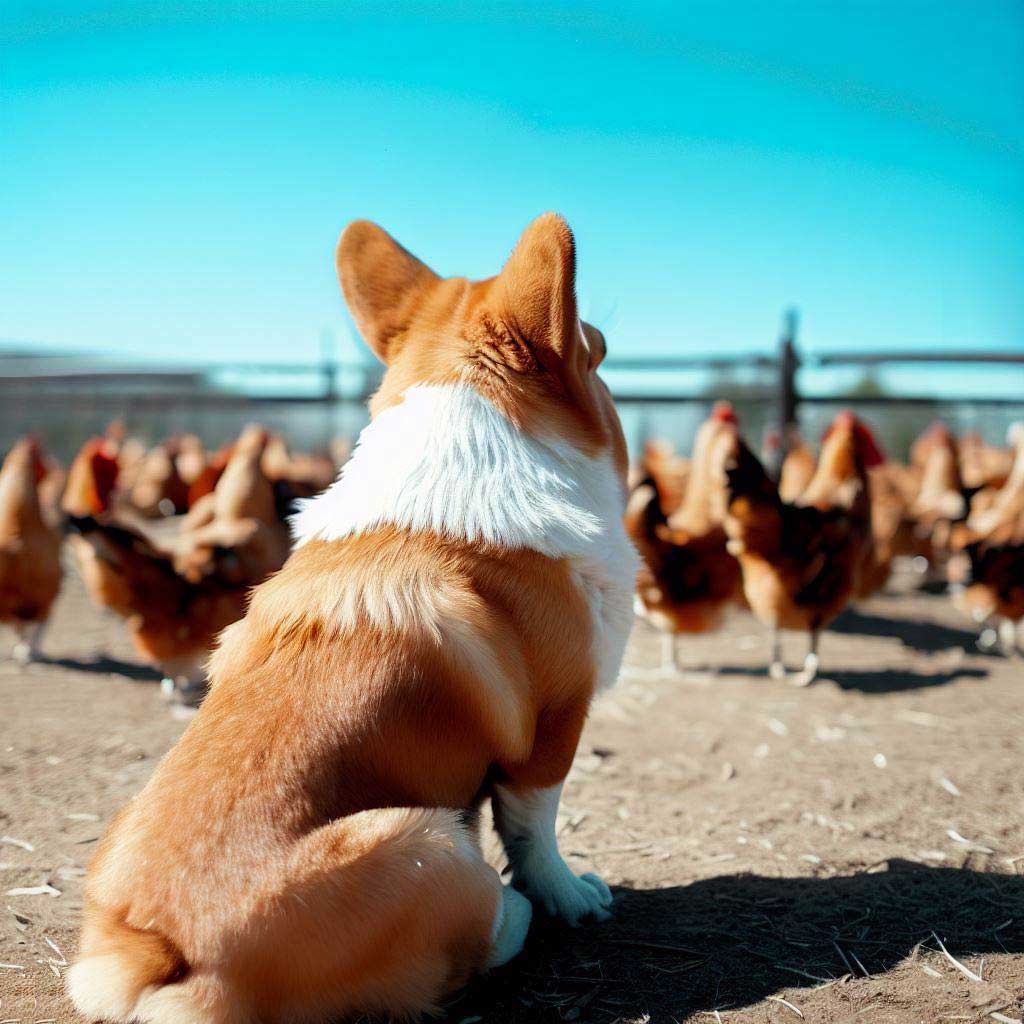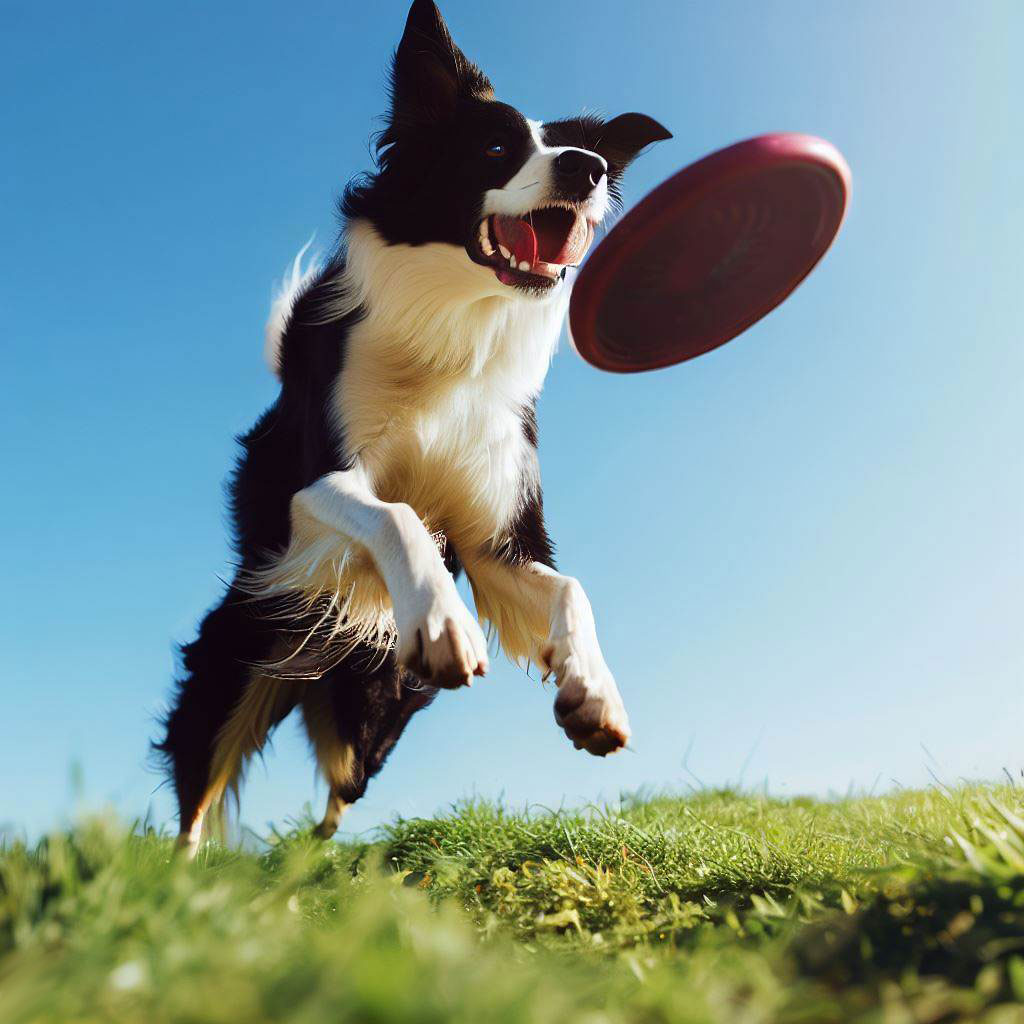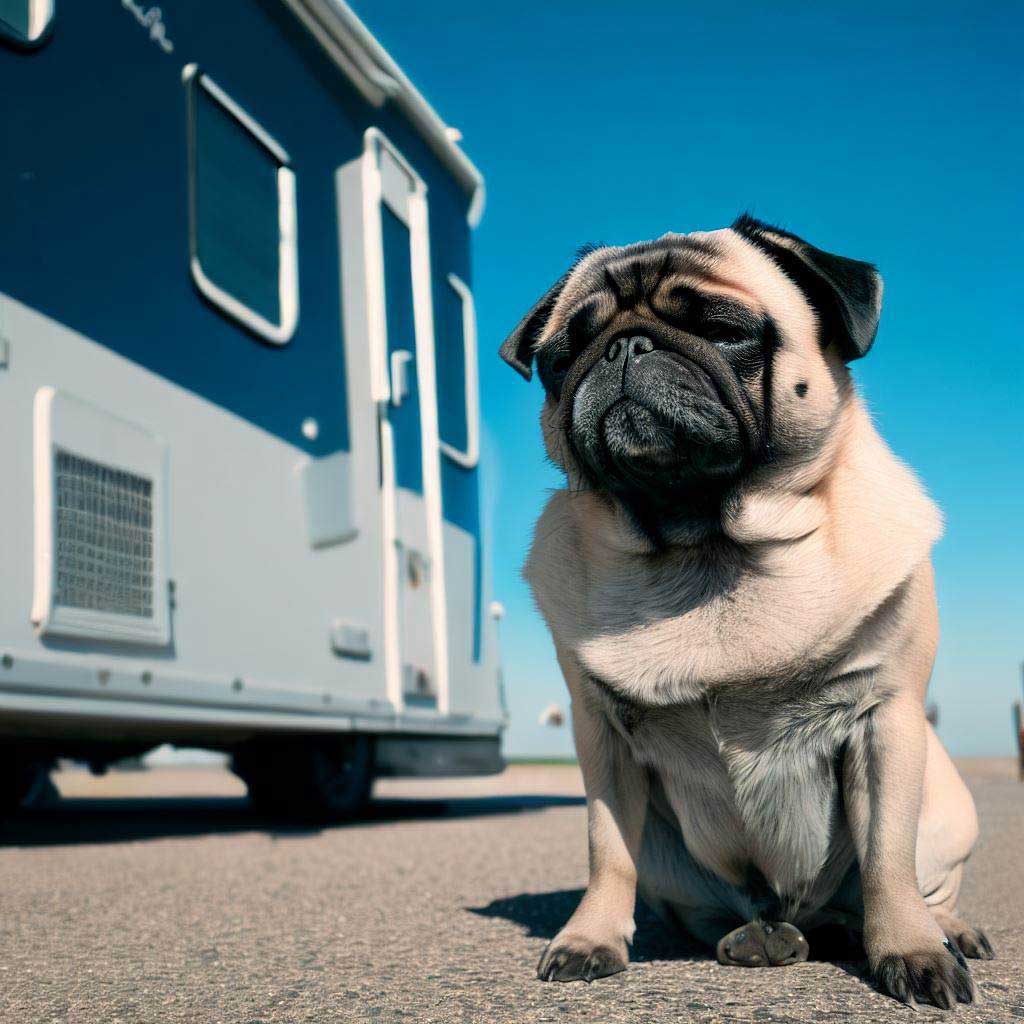Table of Contents
ToggleUnleashing Your Dog's Potential: The True Path to Service Excellence
How to train a service dog isn’t just a casual affair; it’s a journey of loyalty, discipline, and unbreakable bonds. You’re not just training a pet; you’re molding a trusted companion. Are you pumped? Let’s dive in.
The Foundation: Obedience and Socialization
Step one, ground zero—obedience. You can’t teach calculus to a kid who can’t add, right? Similarly:
- Sit, Stay, Heel: Basic commands form the bedrock of any dog training.
- Leash Training: A service dog needs to walk calmly, keeping in line with you.
- Social Skills: Introduce your dog to various environments and people.
Ah, the intricacies! For a more thorough run-through of training methods, you might want to glance through our article Best Online Dog Training Courses. That resource could be your goldmine, chock-full of insights.
Task Training: Beyond Fetch and Roll Over
After basic training, we venture into specialized tasks. Unlike a regular dog who fetches your newspaper, a service dog has responsibilities. Oh, don’t underestimate these furballs! They can:
- Detect Health Issues: Like hypoglycemia or an impending seizure.
- Retrieve Items: Your keys, medication, or phone.
What’s the Task? Define It!
Specialize based on your needs. A PTSD service dog won’t be trained the same way as a mobility assistance dog. Know your need, then steer the training that way. Because let’s be honest, training a one-size-fits-all service dog is like expecting a Swiss Army knife to perform open-heart surgery. No, thank you!
Consistency is King, But Adaptability is Queen
Ever heard the saying, “Consistency breeds success?” Well, it’s double-true for how to train a service dog. Design a schedule and stick to it:
- Frequency: Daily training, but short intervals.
- Commands: Use the same words and gestures.
Yet, be adaptable. If one method fails, be ready to pivot. Think of it as doggie jazz improvisation.
Validation: The Proof in the Pudding
You’re not done until there’s validation. Practice makes perfect, but validation makes practice worthwhile. Expose your dog to test scenarios. If they fail, back to the drawing board. If they succeed, ah, sweet victory!
Last Lap: Certification
Last but not least, you’ll want to certify your service dog. Though not a federal requirement, certification adds a layer of authenticity. Plus, let’s not ignore the ego boost it gives your four-legged hero.
It’s a Wrap, But the Journey Continues
So there you have it. That’s how to train a service dog. A journey of loyalty, it isn’t just about commands and tasks; it’s about forging a bond that stands the test of time and adversity. Train not just the body, but the soul. Got it? Great!
Remember, training a service dog is a marathon, not a sprint. Each dog is a new story, a fresh chapter in the endless tome of canine human support. Continue to evolve your methods, always be willing to learn, and don’t forget to be awed by what these incredible animals can do. Intrigued? Thought so. Now, go train that dog, and create a masterpiece of loyalty and service.
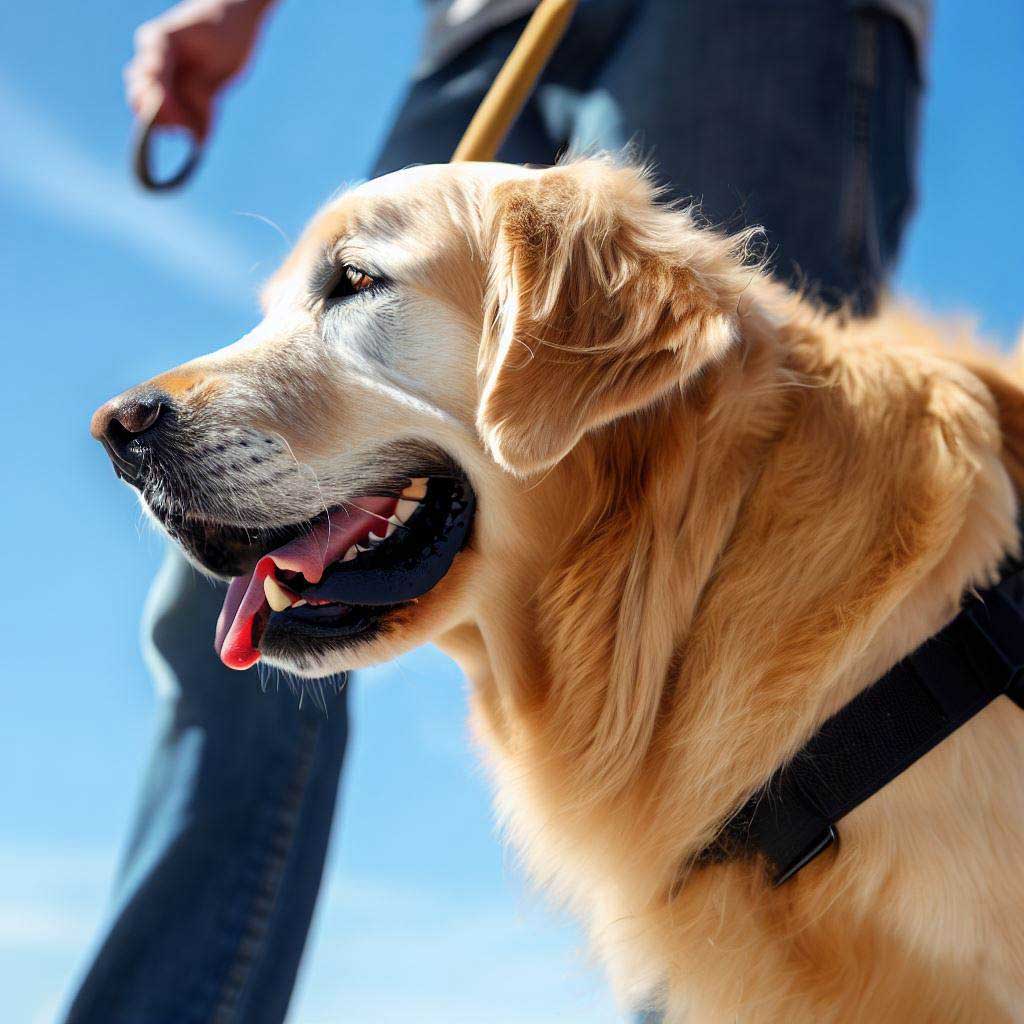
FAQ: How to Train a Service Dog
How do I teach my dog to be a service dog?
Teaching your dog to be a service dog involves a rigorous regimen of basic obedience, socialization, and specialized task training. Consistency and positive reinforcement are key.
What is the best age to train a service dog?
Ideally, start training when the dog is a puppy, around 7-16 weeks old. This is when they’re most receptive to learning new skills and behaviors.
Is it ever too late to train a dog to be a service dog?
While younger dogs are easier to train, it’s not impossible to train older dogs. The primary consideration is the dog’s health and temperament.
What can service dogs do for PTSD?
Service dogs for PTSD can perform tasks like grounding their handler during a flashback, creating physical space in public, or even fetching medication.
Can I train my dog to be a service dog by myself?
Yes, you can. But it’s a monumental task requiring dedication and specialized knowledge. Look into resources like our article “Best Online Dog Training Courses: Any Dog Will Love” to help you out.
What are the three questions you can ask about a service dog?
By law, you’re allowed to ask:
- Is the dog a service animal required due to a disability?
- What work or tasks is the dog trained to perform?
- Can you provide a certificate of the dog’s training?
What does a service dog do for anxiety?
Anxiety service dogs can perform tasks like deep pressure stimulation to calm their handler, or lead them out of a stressful environment.
Can dogs sense PTSD?
Dogs have an innate ability to pick up on emotional cues, making them capable of sensing PTSD and reacting appropriately.
Can a non-veteran have a PTSD service dog?
Absolutely, PTSD is not limited to veterans. Many civilians suffering from PTSD find relief through service dogs.
Will the VA pay to train my dog to be a service dog?
Please check directly with Veteran Affairs (dva.gov.au) but as far as we know, the VA does not directly pay to train service dogs for veterans but may cover some related expenses.
Can PTSD service dogs fly?
Yes, but there are specific regulations and documentation required. Always check with the airline ahead of time.
Why the VA won’t pay for service dogs to treat PTSD?
The VA has been cautious, citing a lack of empirical evidence about the efficacy of service dogs in treating PTSD. However, policies are always evolving.
Can someone ask me for papers on my service dog?
According to the ADA, staff can ask only two questions, neither of which requires documentation.
What are three qualities that would not make for a good service animal?
Aggression, excessive fearfulness, and distractibility are three qualities that make a dog unsuitable for service work.
How long does it take to train a dog?
Basic obedience might take a few months, while specialized service training can take up to two years. Patience is the name of the game.
These are general answers, and every dog is unique. Dive into the intriguing world of canine capability, and make your dog not just a pet, but a hero.
Unlocking Canine Capabilities: Your Ultimate Guide to Dog Training
Ready to dive into the fascinating world of dog training? Whether you’re nurturing a soon-to-be service hero, or simply want a well-behaved four-legged family member, we’ve got the answers to your burning questions. Fasten your seat belts, it’s going to be a pawsome ride!
How Long Does It Take To Train A Service Dog: Training a service dog is no walk in the park. Dive deep into the intricacies, timelines, and commitments involved in shaping a canine hero.
Best Behaved Dog Breeds: The Ultimate Top 20 Dog Guide: Wondering which breeds are naturally well-mannered? Our comprehensive guide ranks the top 20 most obedient breeds to help you make an informed decision.
Decoding Dog Behavior Science: The Mind Behind the Bark: What’s going on in that furry head? Delve into the science of dog psychology and understand the motivations behind your pet’s actions.
Importance Of Dog Training – Why Dog Obedience is Important: Think training is optional? Think again. Discover why dog obedience is not just beneficial, but crucial for a healthy, happy canine-human relationship.
What is the best age to start dog training classes?: Timing is everything, even in dog training. Find out the optimal age to enroll your pup in training classes for maximum effectiveness.
What is the hardest thing to train a dog to do?: Pushing the boundaries of training? Uncover the most challenging tasks you can train your dog to perform, and how to conquer them.
Stay tuned as we navigate through the wags, woofs, and wonders of dog training. It’s a realm that’s not just about commands, but about unlocking a whole new dimension of loyalty, intellect, and companionship!
